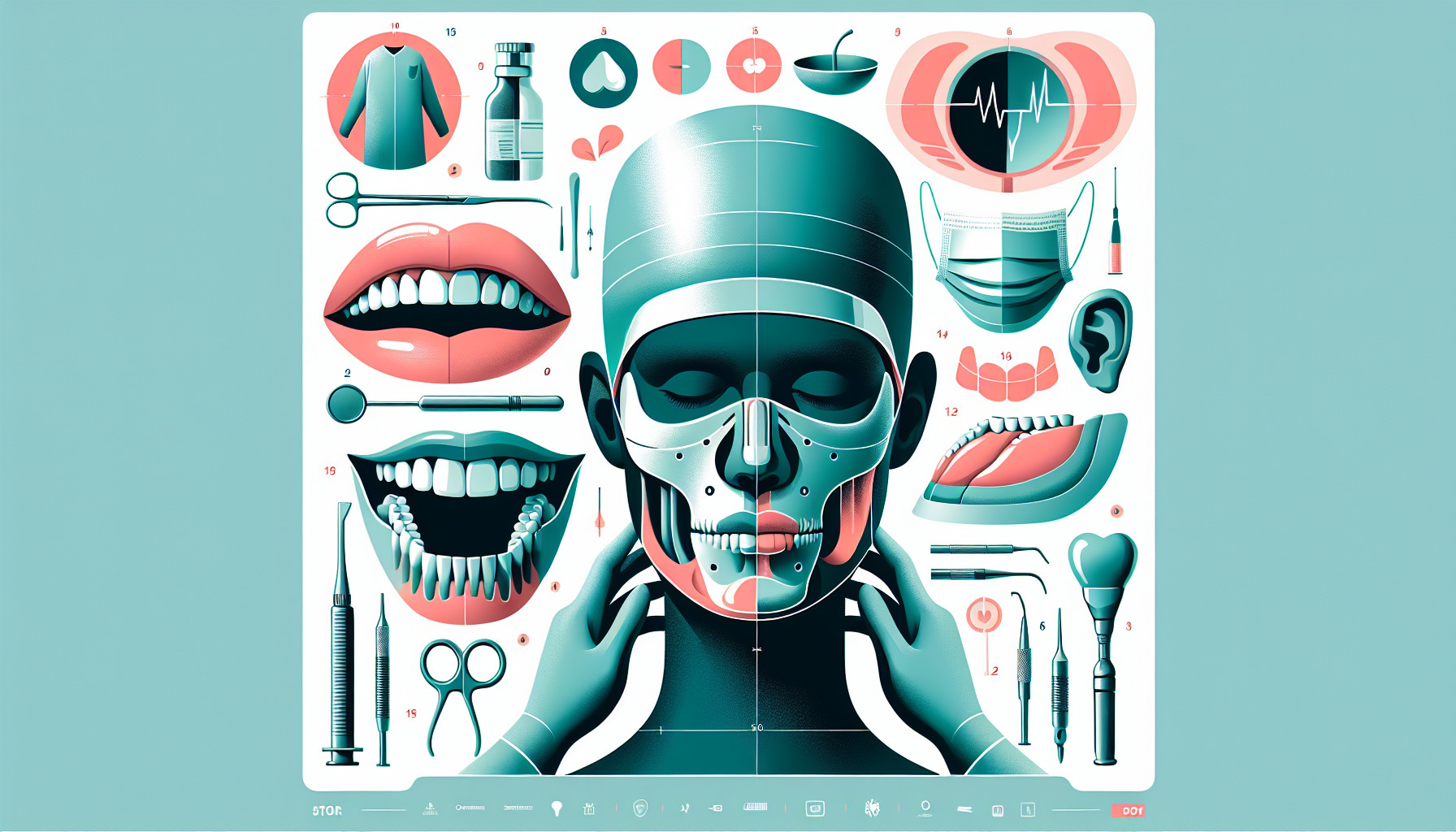Our Summary
This research paper compares two types of dental implant surgeries: static computer-aided implant surgery (S-CAIS), which is a modern, computer-guided technique, and conventional surgery (CS), which is a traditional surgical method.
29 patients who lacked all their natural teeth participated in the study. Each patient received both types of surgeries, one on each side of the upper jaw. The researchers used scans and x-rays to measure any differences in implant positioning and bone levels around the implant. They also collected fluid and bacteria samples from around the implant to assess bone health and infection risk.
The results showed that the computer-guided surgery was more accurate, with less deviation in implant positioning. However, the traditional surgery resulted in better bone levels around the implant and showed greater signs of bone remodeling and development of new blood vessels, which are essential for healing and long-term implant success.
In simpler terms, while the computer-guided surgery was more precise, the traditional surgery seemed to create a better environment for the implant to successfully integrate with the jawbone. These findings can help dentists decide which surgical method to use, depending on the specific needs and conditions of each patient.
FAQs
- What is the difference between static computer-aided implant surgery and conventional surgery?
- How does the computer-guided surgery compare to the traditional method in terms of accuracy and bone health around the implant?
- How can these research findings assist dentists in choosing the appropriate surgical method for dental implants?
Doctor’s Tip
A helpful tip a doctor might tell a patient about dental implant surgery is to follow post-operative instructions carefully, including maintaining good oral hygiene, avoiding hard foods, and attending follow-up appointments. This will help ensure proper healing and successful integration of the implant with the jawbone.
Suitable For
Patients who are typically recommended for dental implant surgery are those who have lost one or more teeth due to injury, decay, or other reasons. They should have good oral health and sufficient bone density in their jaw to support the implant. Patients with certain medical conditions, such as uncontrolled diabetes or autoimmune diseases, may not be suitable candidates for dental implant surgery. Additionally, patients who smoke or have a history of gum disease may have a higher risk of implant failure and may need to address these issues before undergoing surgery.
Overall, dental implant surgery is a safe and effective option for replacing missing teeth and restoring oral function and aesthetics. The choice between computer-guided and traditional surgery will depend on the individual patient’s needs and the recommendations of their dentist or oral surgeon.
Timeline
Before dental implant surgery:
- Patient consults with a dentist to discuss their dental health and determine if they are a candidate for dental implants.
- Pre-operative assessments such as x-rays, scans, and dental impressions are taken to plan the surgery.
- Treatment plan and cost estimates are provided to the patient.
- Patient may be prescribed antibiotics or other medications to prepare for surgery.
- Patient undergoes any necessary pre-surgery procedures such as tooth extractions or bone grafting.
After dental implant surgery:
- Patient may experience some discomfort, swelling, and bruising in the days following surgery.
- Patient is advised to follow post-operative care instructions, including maintaining good oral hygiene, avoiding certain foods, and taking prescribed medications.
- Patient attends follow-up appointments to monitor healing and check the implant site.
- Over the next few months, the implant fuses with the jawbone in a process called osseointegration.
- Once the implant has fully integrated, the patient receives a permanent crown or prosthetic tooth to complete the restoration.
- Patient continues to attend regular dental check-ups to ensure the health and longevity of the implant.
What to Ask Your Doctor
- What are the benefits and risks of static computer-aided implant surgery compared to traditional surgery?
- How will the choice of surgical method affect the long-term success and stability of the dental implants?
- Will there be any differences in the healing process or recovery time between the two types of surgeries?
- How do the results of this study apply to my specific case and oral health condition?
- Are there any specific factors or considerations that should be taken into account when deciding between static computer-aided implant surgery and traditional surgery for my dental implant procedure?
- How will the choice of surgical method impact the overall cost and insurance coverage for the dental implant procedure?
- Can you provide me with more information or resources to help me understand the differences between static computer-aided implant surgery and traditional surgery?
Reference
Authors: Nomiyama LM, Matumoto EK, Corrêa MG, Cirano FR, Ribeiro FV, Pimentel SP, Casati MZ. Journal: Clin Oral Investig. 2023 Apr;27(4):1665-1679. doi: 10.1007/s00784-022-04793-3. Epub 2022 Nov 19. PMID: 36401742
